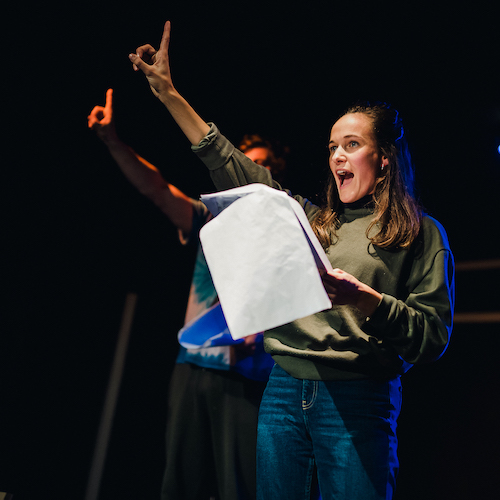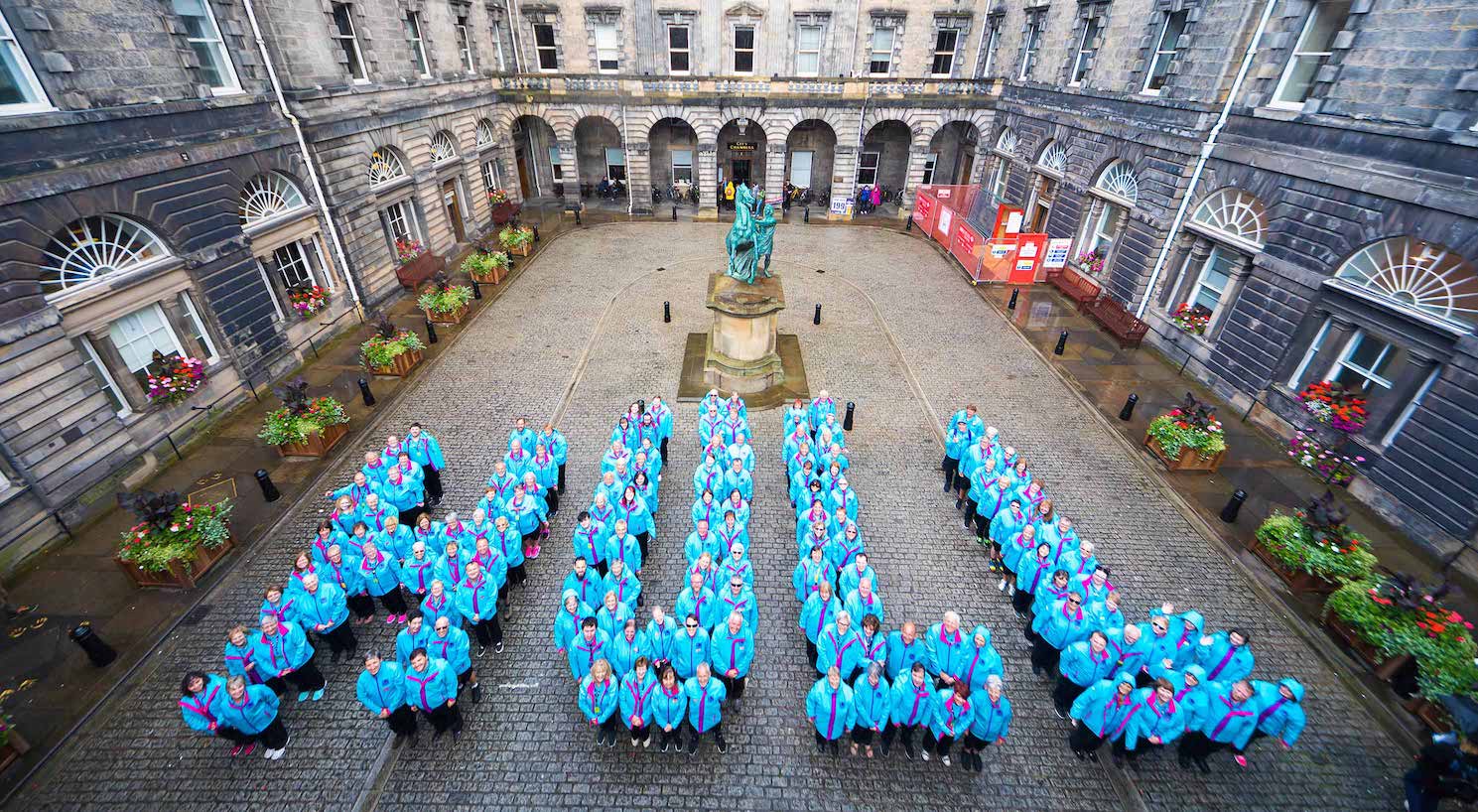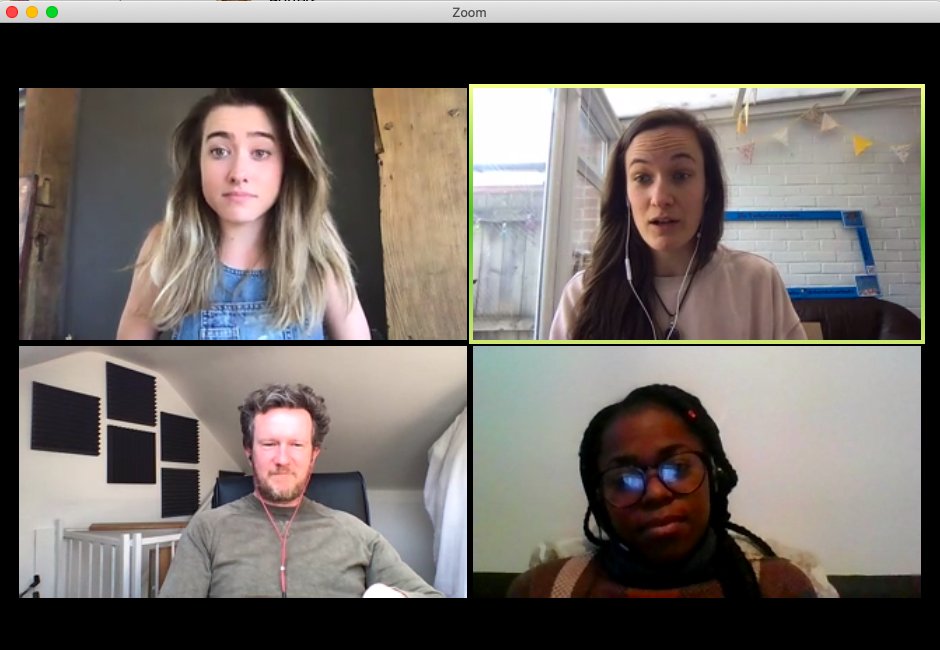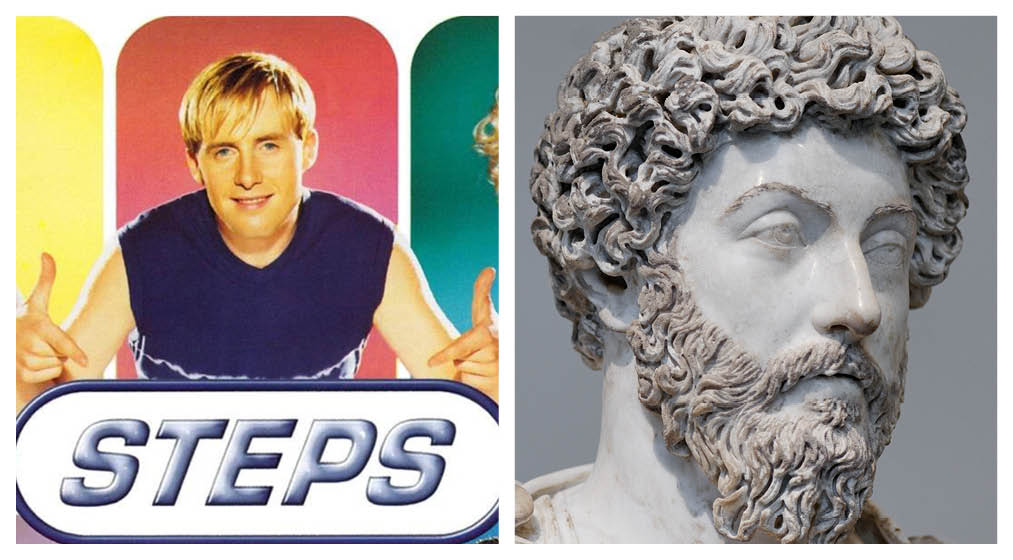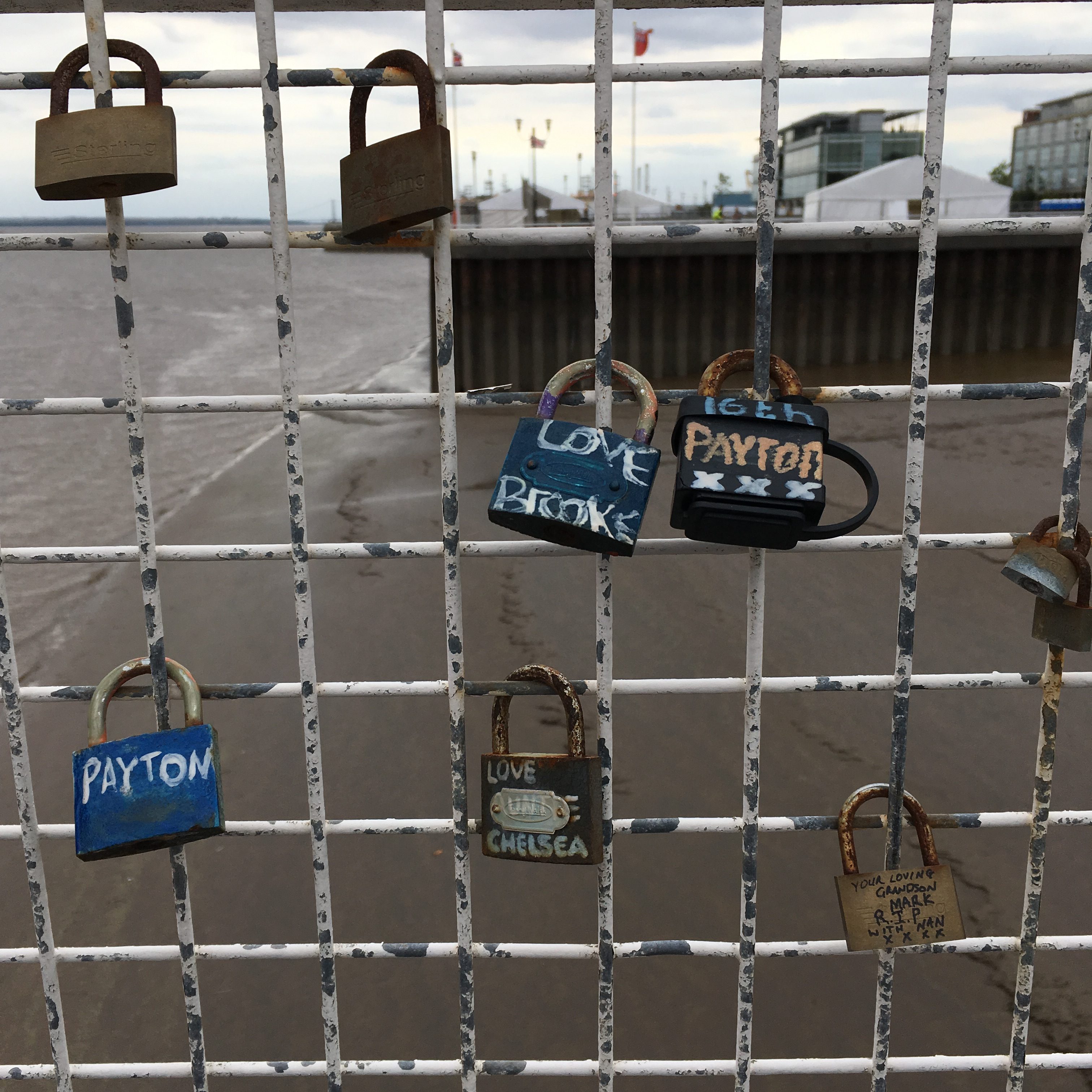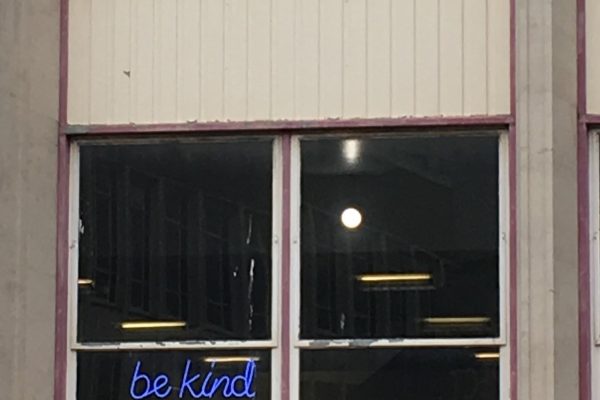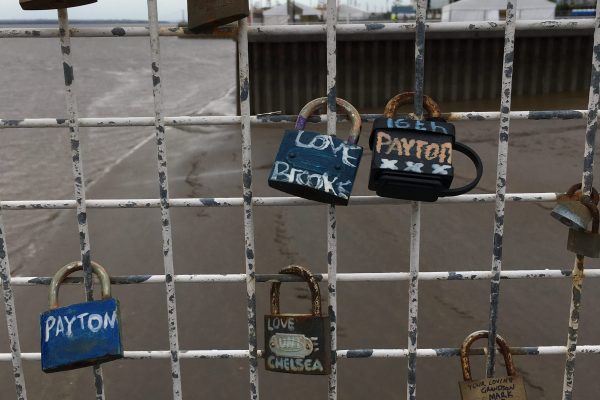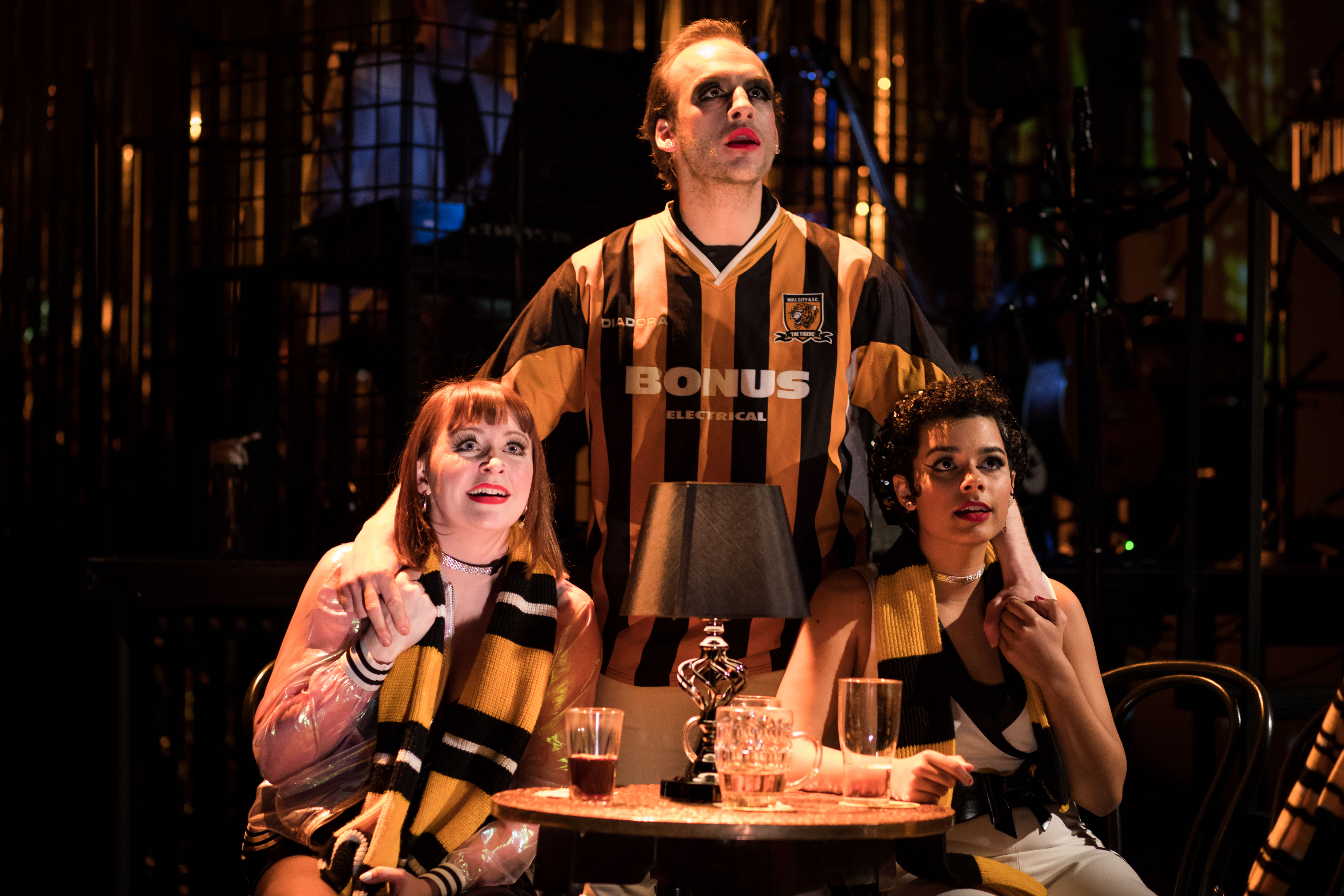

The Department of Culture, Media and Sport has today announced that Middle Child will receive £98,003 from the Cultural Recovery Fund.
We are delighted and relieved to have received this support and recognise our continued responsibility to employing the freelancers upon whom our industry so depends, while responsibly reaching audiences with bold and progressive new work.
We remain aware of the challenges our industry continues to face and wish to express solidarity with organisations who did not receive funding this morning. We will do all we can to share resources and support both individuals and organisations in the continued fight for survival.
We remain a company committed to championing new voices unheard and unknown and will use this investment to continue to work towards a more inclusive and representative industry.
We are also delighted to hear that our local partners Hull Truck Theatre and Artlink were also successful in their applications, and have everything crossed for those in the city who are still waiting to hear.
We look forward to sharing full details of what we have planned in the coming weeks.
With love and solidarity,
Middle Child x
